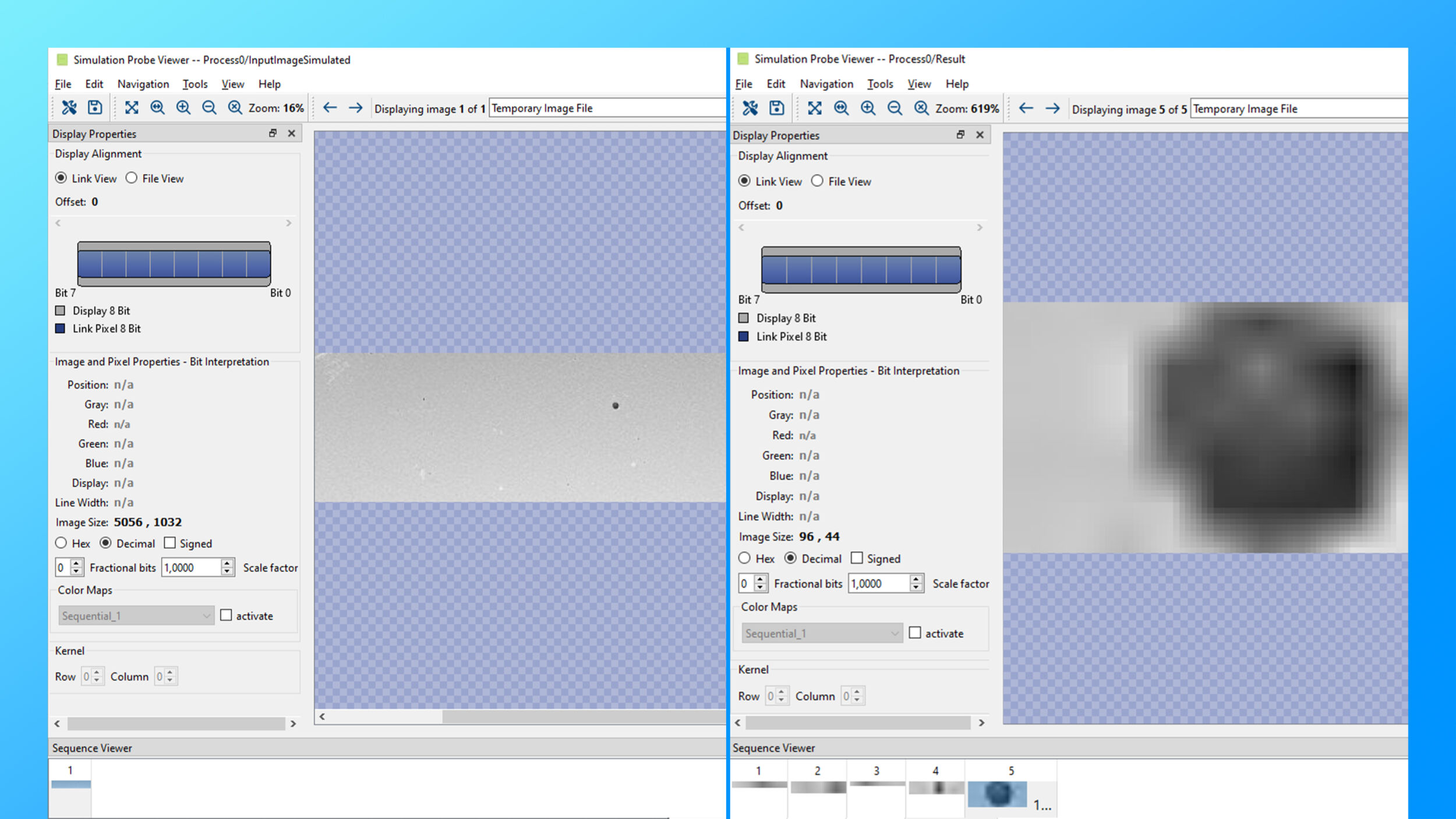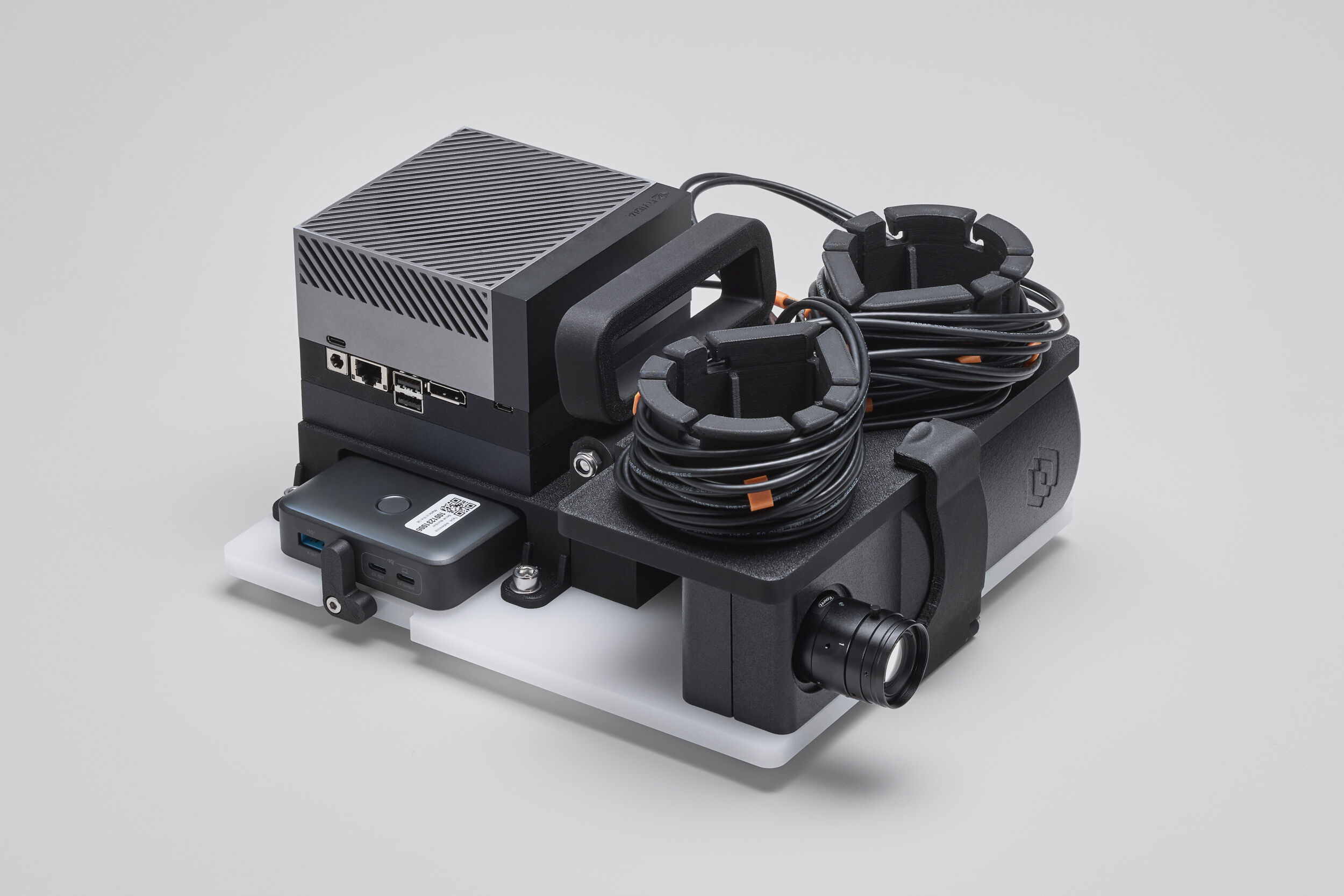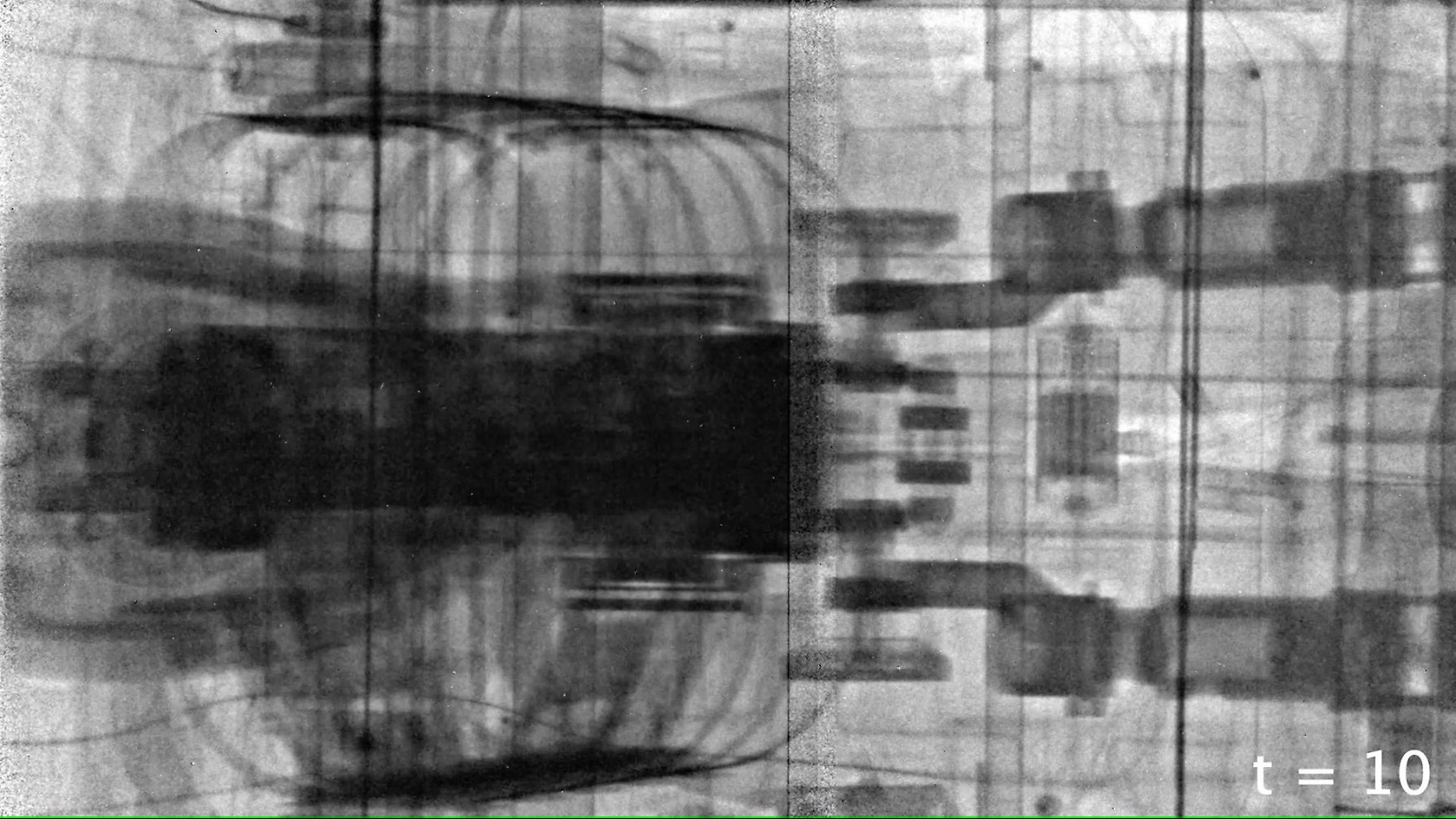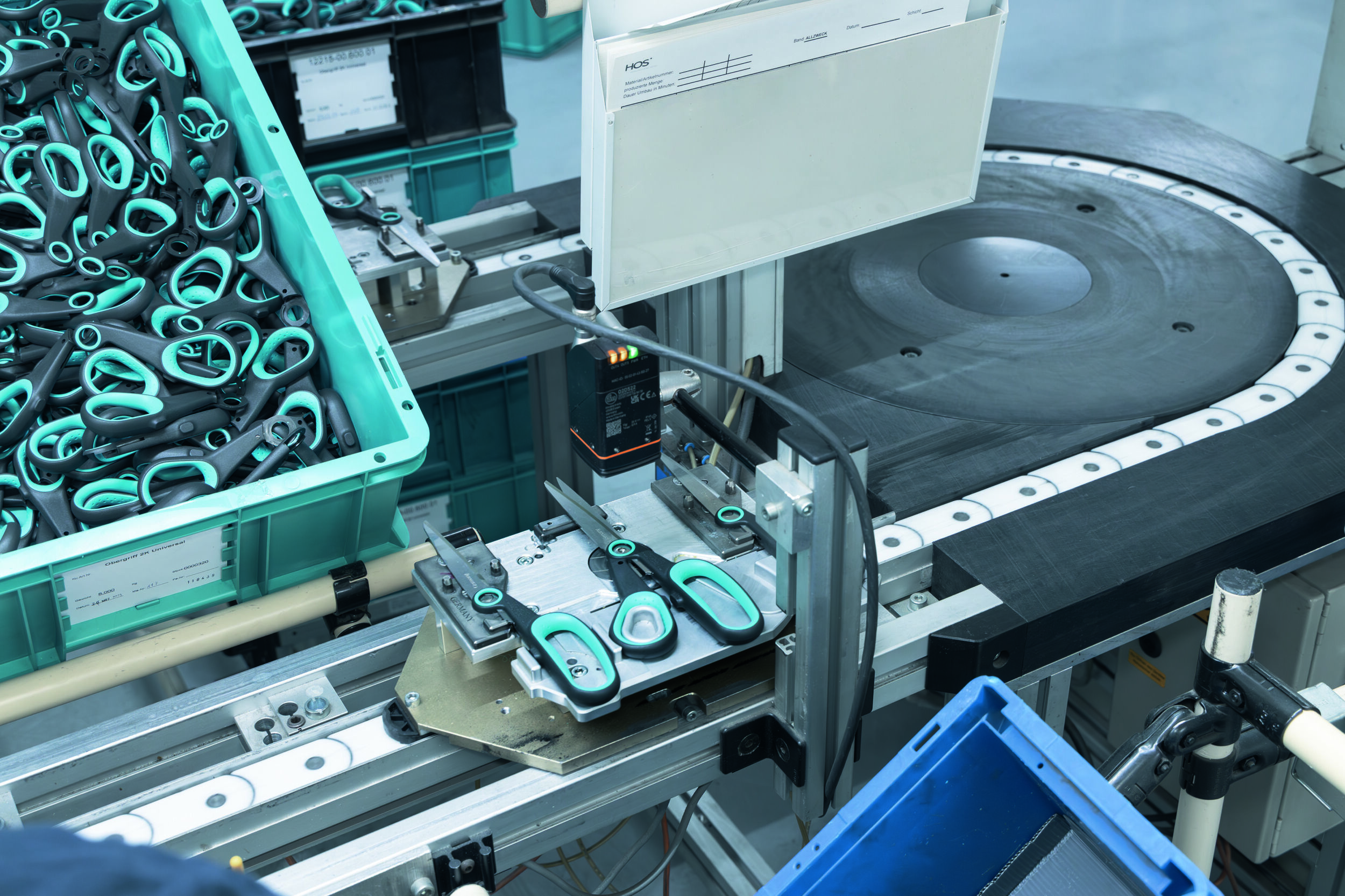
Vinyl nitrile (VN) is a closed-cell foam derived from synthetic rubber. It is soft, flexible and offers good impact attenuation. It is also resilient meaning that it crushes on impact and reduces energy transfer to the head, before regaining its shape and protective qualities. For that reason, vinyl nitrile is used in sports helmets. Researchers at the École de Technologie Supérieure and the Hôpital du Sacré-Cœur in Montreal, Canada, conducted a study addressing the strain rate dependent behavior of three different densities of VN foams. The aim of the study was to create data to compare VN foams to other helmet liner materials. The three Vinyl nitrile samples had densities of 97.5, 125, and 183kg/m3. Samples measured 20mm in height to correspond to the typical foam thickness in a hockey helmet. During testing each sample was submitted to quasi-static compression and impacts in compression, as well as a combination of compression and shear with a loading direction of 45°. Shear tests were performed with an electromechanical universal machine. For impacts, a drop test rig and a method was developed to account for strain rate variation during impactor deceleration. In both setups, the impactors were dropped from multiple heights starting at 200mm, up to 2.6m in increments of 200mm. The resulting impact speed ranged from 2 to 7m/s, corresponding to typical impact speeds applied to a helmet during a football game, a hockey game or a ski accident. A MotionBlitz Eosens mini high-speed camera from Mikrotron was used to acquire video for analysis at a sampling rate of 10kHz. The displacement of the impactor was measured in the video by automatically tracking markers placed on the impactor with digital image correlation using GOM Correlate software. The synchronization of the load cell measurement and the video was performed by matching the time of the first load measurement with the time of the first video footage showing a contact between the impactor and the foam. The camera was also used to ensure that there was no slippage between the foam and both the laying surface and the impacting surface. In the lab, lighting was the crucial point in capturing the recordings accurately. The camera resolved the lighting issue with its high sensitivity that enables recordings under normal lighting conditions at up to 506fps at 1280×1024 pixel resolution. By analyzing the video, researchers were able to predict the stress vs. strain curve of the three VN foams at any constant rate within the tested range.












